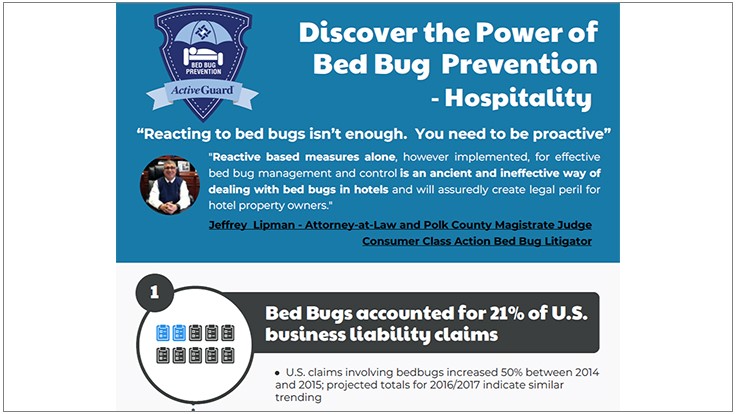Rodent Control Comprehending Usual Rodent Actions
Rodent Control Comprehending Usual Rodent Actions
Blog Article
Authored By-Payne Lehman
When it pertains to rodent control, understanding usual rodent behavior is crucial to successfully handling problems. Did you understand that rodents have some remarkable nesting routines that might stun you? By discovering click the up coming web page detailed behaviors, you can get valuable insights right into just how to deal with rodent concerns in a more critical and reliable fashion. So, allow's unravel the mysteries behind these creatures' actions and learn just how to outsmart them in your rodent control initiatives.
Rat Nesting Behaviors
When observing rats in their all-natural environment, you'll observe that they actively choose products to create their nests. Rats, such as mice and rats, are resourceful creatures that use a range of items like twigs, leaves, paper, and material to develop their homes. They're precise in their nest-building procedure, frequently lining their nests with softer products like hair or plumes to develop a relaxing atmosphere.
Rats like to construct their nests in concealed and safe locations to safeguard themselves and their young from killers. Common nesting areas consist of wall cavities, attics, basements, and also within insulation products. By creating their nests in these private areas, rats can safely increase their spawn far from prospective dangers.
It is necessary to recognize the nesting behaviors of rodents when executing control actions. By interrupting their nests or eliminating products, you can dissuade rats from developing a presence in your house or residential or commercial property. Appropriate hygiene and sealing access factors are also crucial steps in protecting against rodent infestations.
Rodent Feeding Patterns
After observing rodents' nesting routines, it becomes noticeable that their feeding patterns play a crucial function in their lives and actions. Rodents, including computer mice and rats, are opportunistic feeders, meaning they'll consume whatever food source is easily offered. They're mainly nocturnal creatures, choosing to forage for food throughout the cover of night to prevent predators.
Rodents have a diverse diet regimen, varying from grains, seeds, fruits, and veggies to bugs, nuts, and also little animals. This versatility in their food choices allows them to prosper in various atmospheres, including city locations where human food sources are abundant.
Their feeding patterns aren't only driven by hunger yet also by the need to stock food for times of deficiency. This behavior is specifically recognizable to prepare for winter season or when nesting. Rats are understood to hoard food in their nests or burrows, guaranteeing a constant food supply. Comprehending their feeding patterns is important in executing efficient rodent control steps to interrupt their food resources and avoid problems.
Rodent Activity and Travel
Rodents browse their surroundings with dexterity and stealth, using their keen senses to relocate swiftly via their environments. These animals are skilled climbers, able to scale walls and vertical surfaces with ease. They can likewise squeeze with surprisingly little openings, making it essential to seal any prospective entry points in your home.
When it pertains to traveling, rodents tend to comply with acquainted paths, creating trails along wall surfaces or skirting the edges of rooms. They're creatures of habit, commonly sticking to these established courses as they forage for food or explore their surroundings.
Rodents are recognized for their nocturnal behaviors, so you may hear them hurrying about at night as they search for food and water. Their movements fast and unpredictable, allowing them to dart in and out of view in the blink of an eye.
Understanding how rats move and take a trip can assist you recognize prospective problem locations in your house and take positive steps to avoid these pests from getting a footing.
Verdict
As you work to manage rodents in your home, keep in mind that comprehending their actions is vital. By identifying their nesting behaviors, feeding patterns, and movement, you can properly stop infestations.
Together, by taking aggressive actions to remove food sources and seal entrance points, you can disrupt their familiar courses and force them to choose new areas, eventually reducing the probability of rodent visibility in your home.
